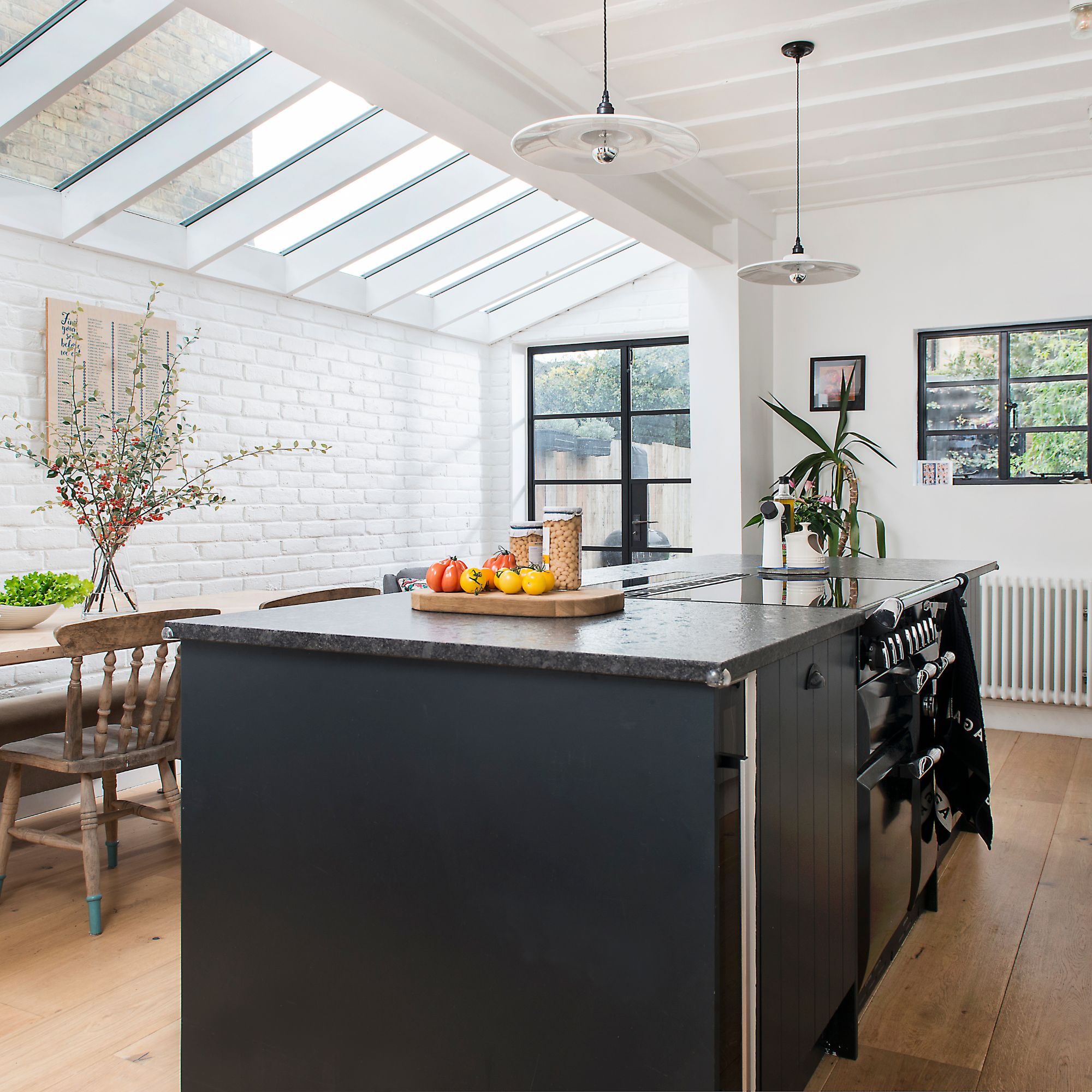
While side return extension costs can be a little kinder on the bank balance than some other types of extension, there are definitely certain factors that send them soaring – but being aware of these from the offset helps enormously.
Your individual extension ideas need to be based on the style of your house, as well as what you want to use your new space for – but in many cases, side return extensions work brilliantly.
They utilise the often wasted strip of land that runs down the side of many houses, in particularly terraced houses and some semi-detached properties.
We asked a range of experts of what homeowners considering building an extension of this type of project should be prepared to pay so that you can decide if this is the right option for you.
How much does a side return extension cost?
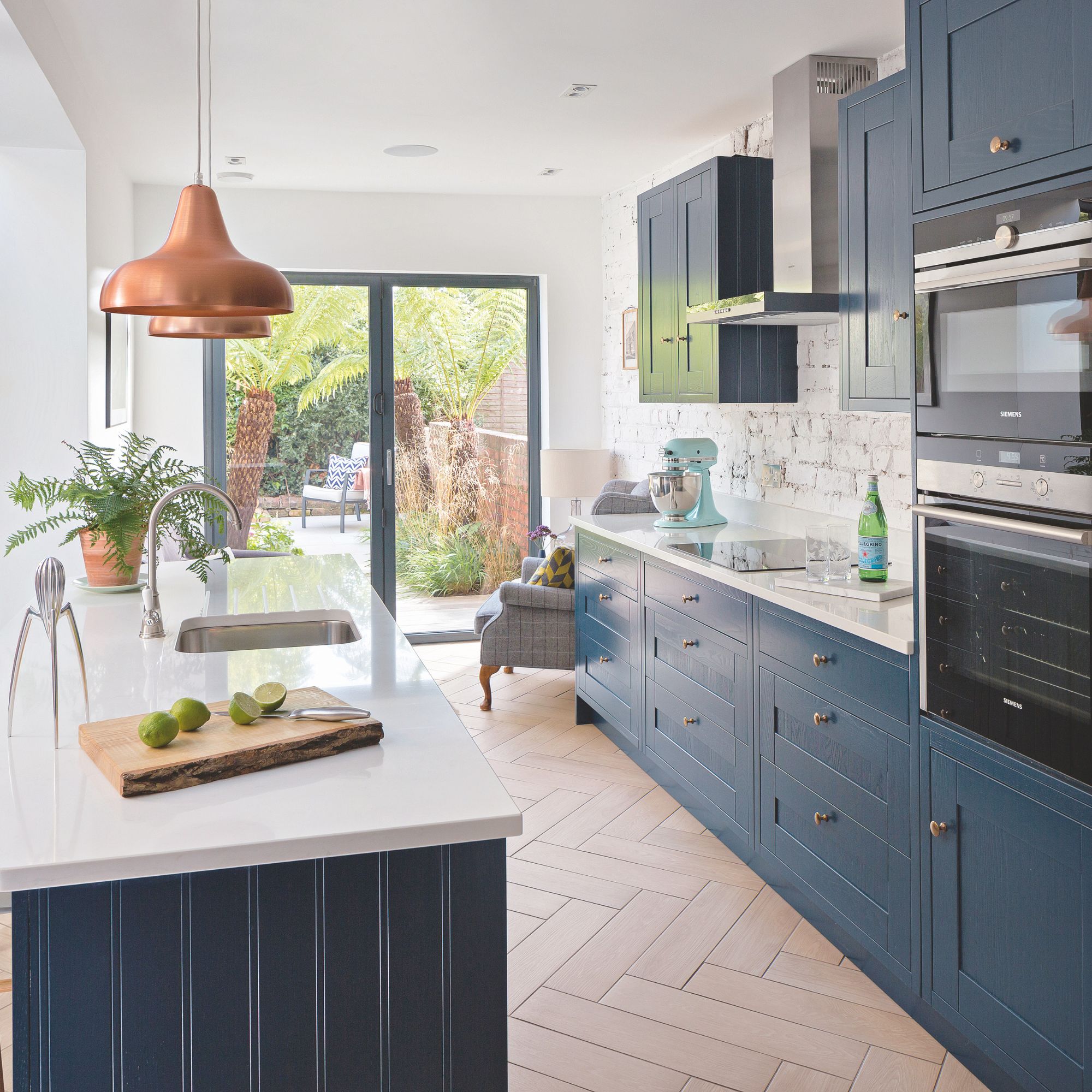
How much does an extension cost is usually the first question asked by homeowners keen to add space to their homes. So, how much should you budget for a side return extension?
While every project is going to be different, it is still quite possible to get a good idea of the kinds of quotes you can expect to get back from your builders.
'Budget from £2,500 to £3,500/m2 plus VAT,' advises architect James Munro of Pace Architecture. Something that architect Graham Ford of Graham Ford Architects agrees with.
'Side return extensions generally cost £3,000 plus vat per m2 in central London,' says Graham. 'Outside of London the costs will be less so check with your architect or builder.'
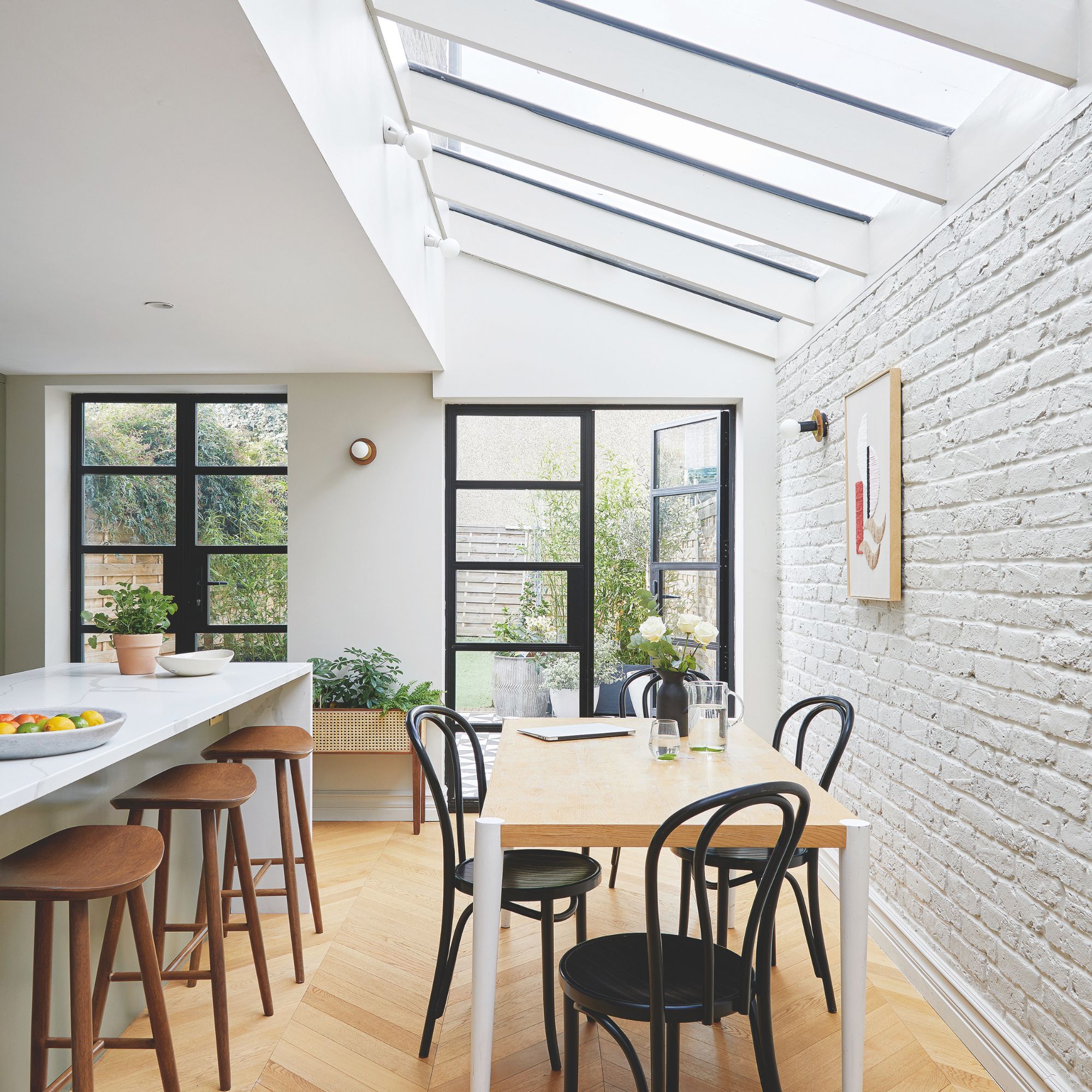
'The average cost of a side return extension in London could be anywhere from £45,000 including VAT upwards, but the actual cost will depend on a large number of factors,' explains Rob Wood, MD of Simply Extend.
One of the biggest influencing factors on the cost of your extension will be the specification you are aiming for. If you are looking for something fairly simple, using standard, off-the-shelf fixtures and fittings, your quotes could come in at what Checkatrade estimates to be at the lower end of average costs at £1,500/m2.
However, if you are aiming for a really luxurious finish and will be including lots of glazing, sliding doors and striking architectural details, you could be looking at costs of upwards of £3,500/m2.
'Cost will depend on everything from the size of the proposed side return extension, to the materials used, the specification of the finish and whether any groundworks or other site challenges need to be overcome,' explains Rob Wood. 'The amount of work involved will have a big impact on the quote and a small side return extension cost is likely to be lower than a larger one, but this may depend on the complexity of the project.'
Hidden costs of side return extensions
While it shouldn't be too hard to get a rough idea of what your extension costs will be, it is so important to be aware of the most common factors that drive prices up. Knowing in advance of those choices that could send costs soaring will avoid any nasty surprises or delays in the build schedule.
One of the biggest things that will push up the cost of your extension is what you will be using it for. In short, if kitchen extension ideas are top of your list then this is going to be a much more expensive project than for someone who is only planning on using the added space as somewhere to place a dining table.
To give you an idea of how much higher costs for a kitchen side return extension are, Checkatrade put them at between £5,000 and £14,000/m2.
Other hidden costs to be aware of include:
- Planning permission: While not all side return extensions require planning permission, if yours does, you will need to factor in the cost of this. Budget around £258.
- Party wall agreement: In some cases, where your extension will affect a wall shared with a neighbour (a party wall) you will need to obtain a Party Wall Agreement. If you need the services of a party wall surveyor, HomeOwners Alliance estimate average costs of £1,000 for a Party Wall Agreement.
- A Build Over Agreement (BOA): If your extension will be built over a public sewer or within 3m of one, you will require a BOA with your local water company. The price will depend on your water company, but budget at least £200 to be on the safe side.
- Building regulations approval: All projects require building regulations approval, regardless of whether or not they need planning permission. Costs vary depending on the size of the extension, but average fees for an extension up to 10m2 sit at around £450 + VAT. If you need a full plans and inspection service with a building notice, you could expect prices closer to £500 + VAT.
- Professional fees: It is really easy to forget to include professional fees when budgeting for an extension project. You need to consider everything from architect or house designer fees to structural engineer costs, plumbers, electricians and plasterers.
- Glazing: While this isn't a hidden cost as such, just be aware that to be successful, side return extensions need to bring in plenty of light to existing spaces – and this can mean lots of glazing, which tends to be expensive.
How can you lower the costs of a side return extension?

Just as with any type of extension, there are certain steps you can take to minimise costs a little. Most of these mean that homeowners need to take more of an active role in the build and could require time to be spent shopping around too, such as when looking at how to save on a new kitchen.
If you are looking to make savings, consider the following:
- Stick to standard sizes: Oversized window and door openings mean you will need custom made glass and fittings which will push costs up.
- Act as project manage: Running the project yourself will save you thousands. Do be sure you have the time and knowledge to do this though.
- Shop around for the best deals: Sounds obvious but it can be all too tempting to buy everything from the same supplier or as a package to save time and effort – this rarely results in the lowest quotes.
- Keep things simple: Rather than getting seduced by a whole host of architecturally striking angles and features, be aware that all of this will equal more money. If you want to save, keep things simple.
- DIY wherever you can: While you may not be super confident of your DIY skills, there are plenty of jobs within the capabilities of many homeowners that see them making significant savings. Consider tackling painting, tiling, laying flooring and small jobs like grouting and sealing bathrooms – and look into how to paint interior windows too to make even bigger savings.
Essential DIY extension toolkit
Rolling up your sleeves and getting decorating will save you so much money on your extension. This painting kit contains everything you need to get the job done, including a selection of rollers and brushes, paint tray and mixer and masking tape.
A good, easy-to-use cordless drill is a must-have item in any DIY toolkit and this one by Bosch comes highly recommended. It is lightweight and affordable and perfect for screwing and drilling into a range of materials, including wood, metal and masonry.
A sturdy toolbox is essential for storing your DIY kit neatly and in tiptop condition. This one from, well-known brand Stanley, features organisers in the lid for small items such as screws, as well as a removable tote tray for items you need close to hand.
Will a side return extension add value to your home?
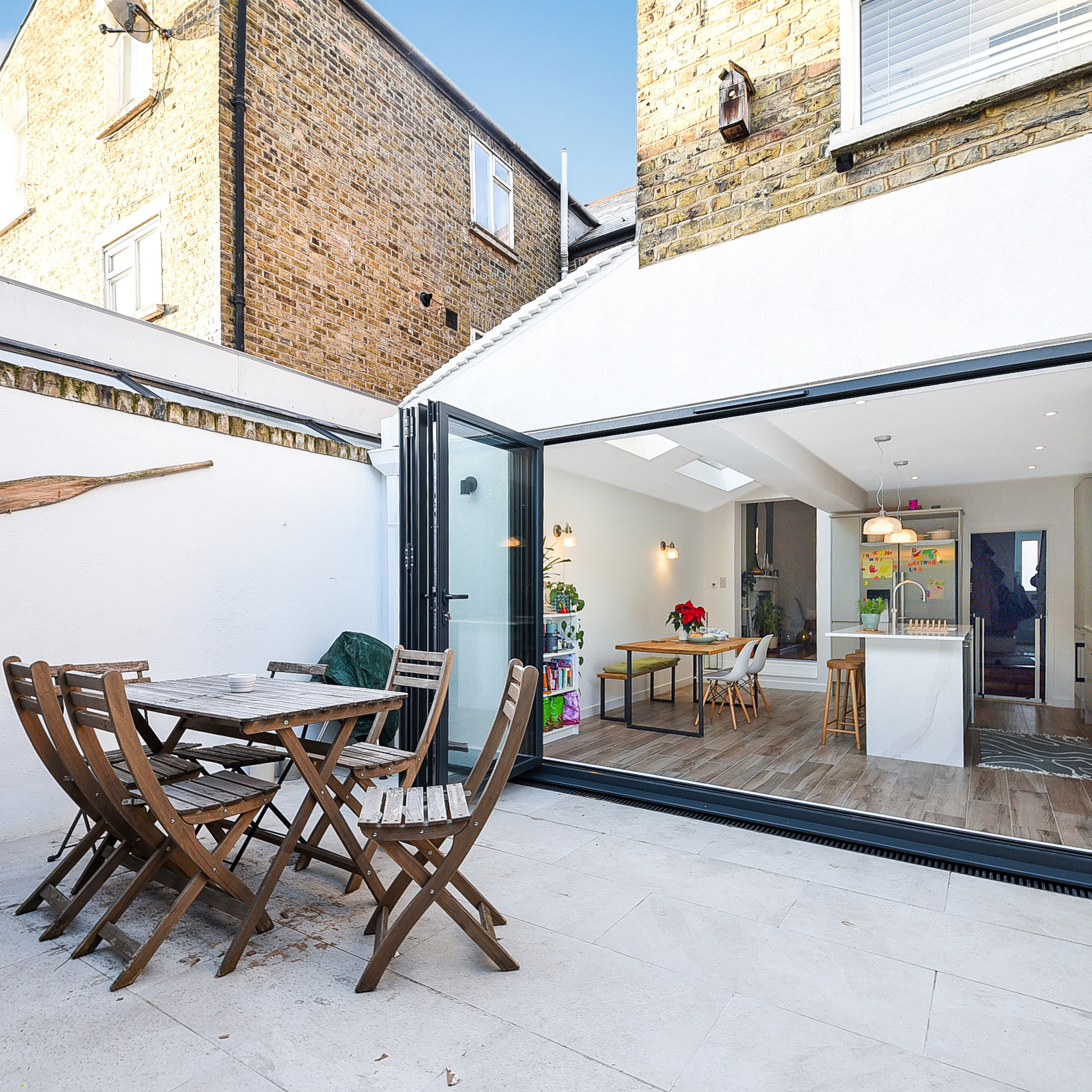
Wondering how to add value to your home? As well as adding space to your home, a side return extension is also a great way to boost its value – but by how much?
Architect James Munro says that he expects the value added would be between two to three times the £2,500 - £3,000/m2 he estimates they cost to build.
'Look at how much improved the house could be, and the saleability of the property,' he points out. 'Many houses are sold on the basis of a beautiful and large practical kitchen, family space.'
'The value they add will depend on how much houses sell for per m2 in your area,' adds Graham Ford. 'You could get a valuation from a local estate agent to check what they believe your house would sell for with the extension and then divide this by the square metre rate. Otherwise, compare what the neighbours houses sold for with a similar extension to what you are thinking.'
FAQs
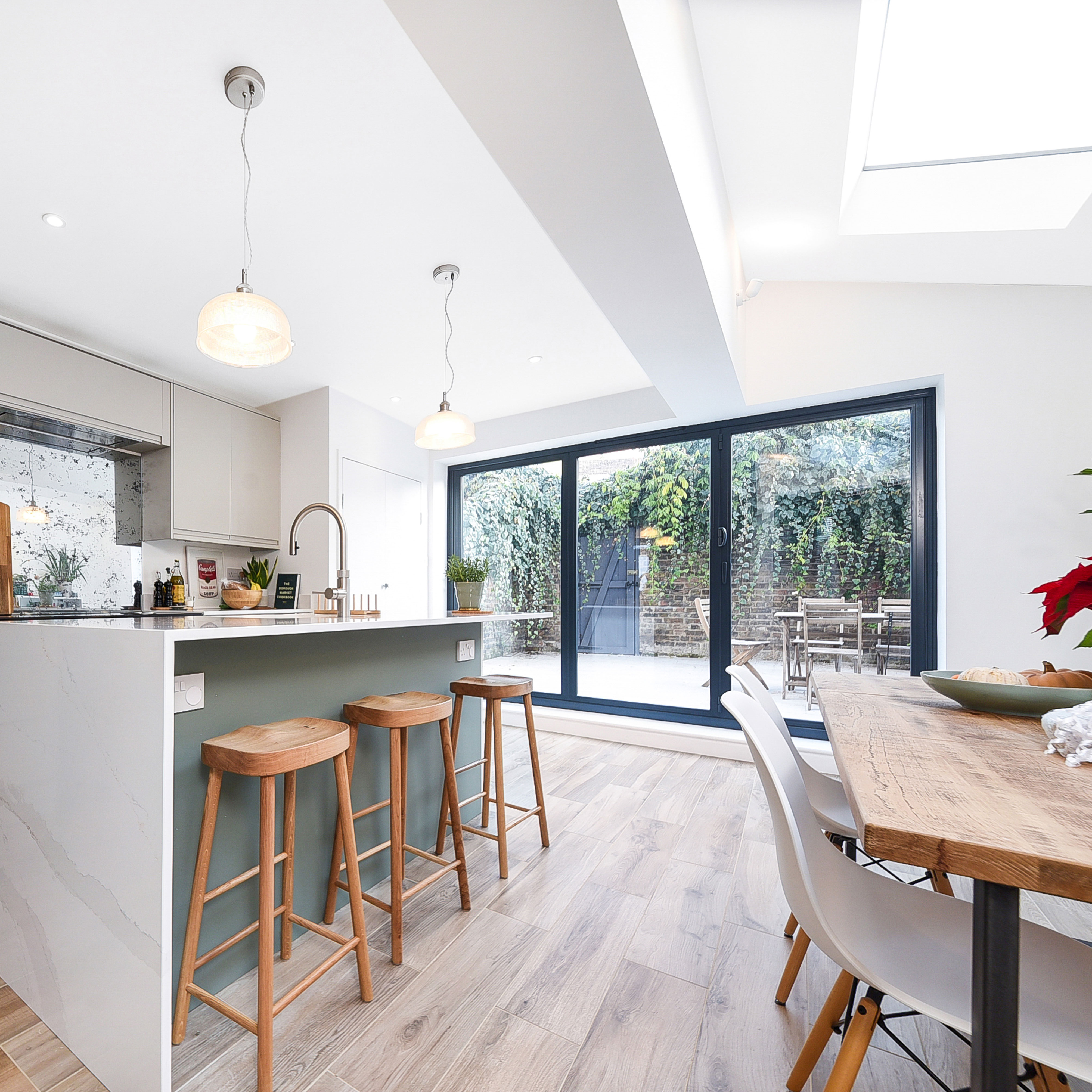
What is the cheapest type of extension?
It is important to say that the cost of any extension depends very much on its specification and the amount of involvement that the homeowners are willing to undertake.
That said, one of the cheapest types of extension are single storey lean-to extensions. These simple, rectangular or square structures are built off the existing house and feature a slightly sloping roof. They are ideal for anyone looking for small kitchen extension ideas.
If you are considering a side return extension as a way of achieving your dream cooking and dining space, check out our kitchen ideas for all the inspiration you need.







